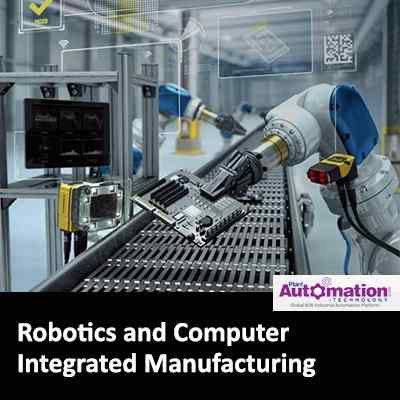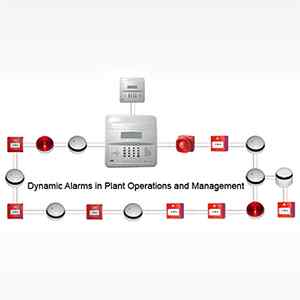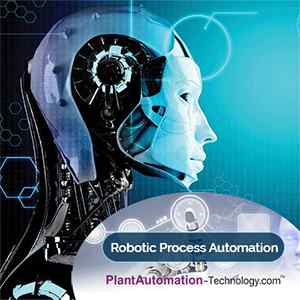Articles
Robotics and Computer Integrated Manufacturing

The economy of a country is driven by the manufacturing industry, which has the capacity to make it self sufficient. The capability of producing high-quality products with shorter delivery times and the ability to produce according to the diverse customer requirements have become the ruling guidelines for every manufacturing unit in the business world.
Robotics and computer integrated manufacturing has become the core business philosophy, as it plays an important role in planning and controlling the manufacturing process. It uses computers and communication networks to transform automated manufacturing systems into interconnected systems that cooperate across all organizational functions.
Scope of Computer Integrated Manufacturing and Robotics
Both Computer Integrated Manufacturing (CIM) and Robotics requires a new management perspective and careful planning of each technical element in conjunction. The goal of Computer Integrated Manufacturing (CIM) and Robotics is to remove all the barriers between all the functions within an operation, to encourage marketing, order entry, accounting, design, manufacturing, quality control, shipping and all the other departments to work closely together throughout the process.
Computer-integrated manufacturing and robotics find its application in automotive, aviation, space, and shipbuilding industries. The term "computer-integrated manufacturing" is not only the name of the manufacturing process but also and the name of a computer-automated system in which individual engineering, production, marketing, and support functions of a manufacturing enterprise are organized. In a CIM system, functional areas such as design, analysis, planning, purchasing, cost accounting, inventory control, and distribution are linked through the computer with factory floor functions.
Industrial Facts:
1. Over the last five years, there has been a steep rise in the number of manufacturing industries adopting realistic and substantial accomplishment, in practice, of full computer-based integration of the overall system of manufacturing.
2. With the emergence of the goal of accomplishing fully robotic operation of the technological system of manufacturing, and of the concept of the intelligent manufacturing system, the overall trend has now become one toward realization, in practice, of the computer-integrated intelligent robotic manufacturing system.
Objectives of Computer Integrated Manufacturing (CIM)
Computer Integrated Manufacturing has the capacity to carry out the following functions independently:
1. Management Information System
2. Sales
3. Marketing
4. Finance
5. Database Management
6. Modelling and Design
7. Analysis
8. Simulation
9. Communications
10. Job Tracking
11. Inventory Control
12. Shop Floor Data Collection
13. Order Entry
14. Materials Handling
15. Device Drivers
16. Process Planning
17. Manufacturing Facilities Planning
18. Work Flow Automation
The entire range of product development and manufacturing activities are carried out, with the help of dedicated software packages with the system.
Objectives of Robotics
The goal of the Robotics industry is to develop a new generation of robots which are actually capable of supporting human beings and can interact and provide them with suggestions whenever and in whichever environment needed.
Advanced automatic control algorithms will be structured in a way to govern the aerial platform which will be remotely supervised by the operator with the use of devices being controlled by human beings.
The manufacturers would emphasize to develop advanced human-in-the-loop and autonomous navigation control strategies relying upon a cooperative and adaptive interaction between the onboard automatic control and the remote operator. Force and visual feedback strategies will be investigated in order to transform the aerial platform in a “flying hand” suitable for aerial manipulation.




